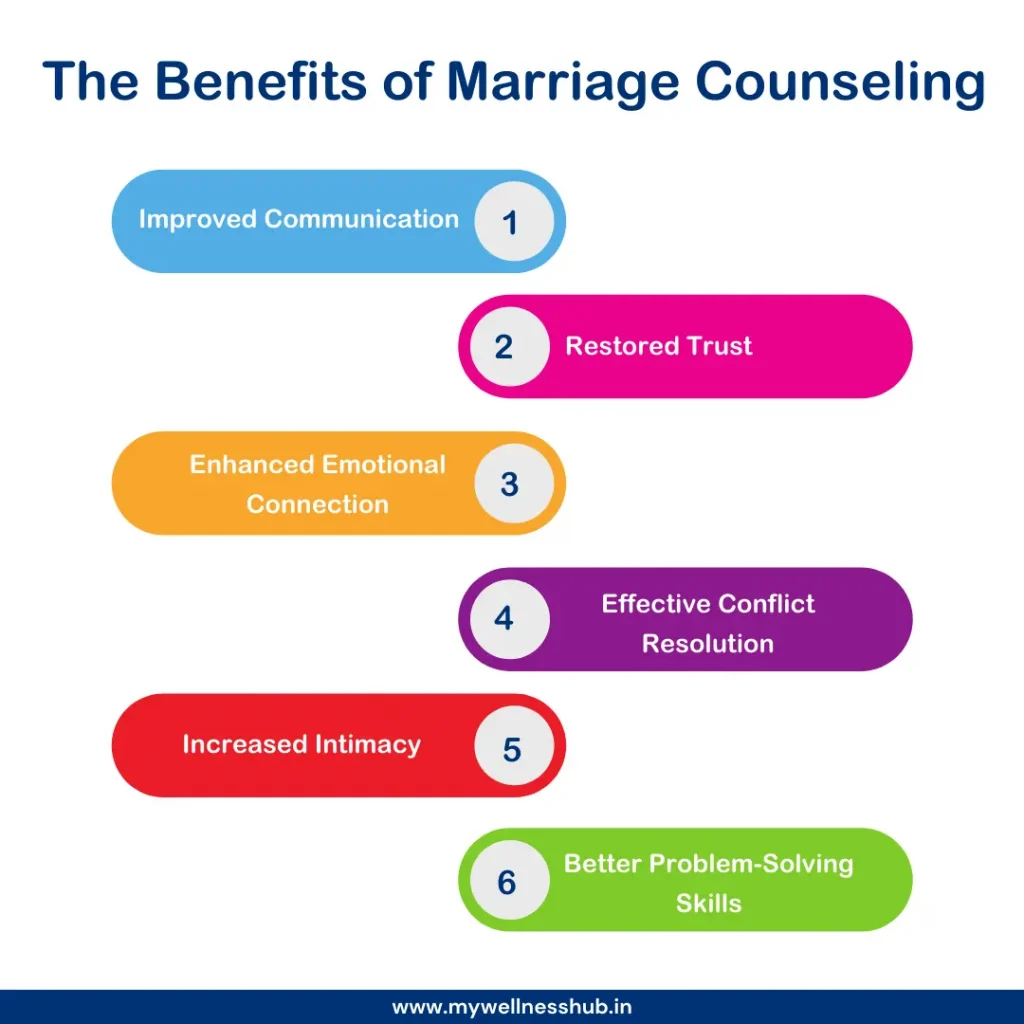The 4-Minute Rule for Aim Point Counseling
The 4-Minute Rule for Aim Point Counseling
Blog Article
Some Known Questions About Aim Point Counseling.
Table of ContentsThe 5-Minute Rule for Aim Point CounselingSome Known Details About Aim Point Counseling Not known Details About Aim Point Counseling Rumored Buzz on Aim Point CounselingThe smart Trick of Aim Point Counseling That Nobody is Talking AboutThe Aim Point Counseling Ideas
The longitudinal layout entails a pre-treatment survey and two follow-up surveys at 3- and 12-months post-intervention. The study is set in 8 Relationships Australia Victoria centres, across urban, external suburbs, and regional/rural sites. Relationships Australia, a non-government organisation, is the largest supplier of pair coaching and connection solutions in Australia.
In Australia, the median size of marital relationship before separation is 8.8 years, and about fifty percent of all separations entail couples with youngsters [1] These high rates of connection malfunction have actually been continually related to negative wellness consequences for both grownups and kids complying with divorce/separation. These include isolation from support networks, and decreased revenue and criterion of living for both adults and kids [3], issues of loyalty over kids for guys, and depression and loss of identity for women [4,5]
What Does Aim Point Counseling Mean?
Longitudinal studies also suggest that youngsters of divorce have a higher incidence of mental problems, medicine and alcohol usage, and dangerous sex-related practices [7] Although the impacts of divorce and splitting up can be detrimental, study indicates that high relationship discord in intact pairs is likewise likely to have unfavorable end results.
Research to date has determined both couple and specific variables that may add to connection dissonance. These include partnership satisfaction and commitment at the pair degree, and anxiety at the private level.
The smart Trick of Aim Point Counseling That Nobody is Discussing
Connection complete satisfaction has actually been one of the most usual result variable identified in even more than 200 assessments of pair therapy [11,12] Researches have actually located substantial renovations in relationship satisfaction from pre- to post-treatment [13,14] and over the training course of one to 2 years adhering to therapy [15] In these research studies, relationship fulfillment was most often assessed making use of the Dyadic Modification Scale (DAS) [16] While most studies suggest improvements in relationship fulfillment following couple therapy, they are limited by the samples and steps utilized, greatly temporary follow-up time structures, and evaluations that do not account for the dyadic nature of pair information., is another typically investigated relationship outcome.
To summarise, study shows that couple-specific variables in addition to specific aspects might anticipate the results of pair coaching and relationship solutions. The causal instructions of these relationships, nevertheless, is much less clear. These observations are necessary, because, to justify and direct the application of relationship services such as pair counselling, empirical evidence must discover both the end results of connection solutions and the factors that forecast effective treatment.
There is an expanding consensus that efficiency studies ought to be complemented by performance study to best inform professional technique [ 29] The minimal performance research study that exists to day suggests that couple counselling can improve end results such as connection contentment [33,43], interaction abilities and basic health [44], a minimum of in some European nations.

We presently know little regarding the accounts of couples that choose connection education and learning compared to those who seek partnership therapy, or the outcomes of these programs. Nevertheless, unscientific proof recommends that there might be substantial distress amongst at least some pairs seeking partnership education and learning. Relationship education programs differ from couple therapy as they are normally extremely structured, conducted in groups, and focus on a mixture of four elements; recognition, feedback, cognitive adjustment, and abilities training [45]
The Ultimate Guide To Aim Point Counseling
Feedback includes individuals completing surveys about their partnership (e.g. measures of social problems), and getting details on what their scores show. Cognitive-behavioural methods promote transforming cognitions to help with positive relationships.
These meta-analyses highlight constraints in the current literary works on relationship education and learning. This example profile might not represent clients that typically present for partnership education and learning.
The Aim Point Counseling Ideas

Extremely little research study has taken a look at the relative advantages of pair therapy and connection education programs. As customers are likely to informative post self-select right into these solution kinds, it is not clear whether particular relationship distress accounts existing to each service type, or indeed whether there is a communication in between offering profile, solution type and result.
(https://www.dreamstime.com/toddrashid01_info)
Hence, we have actually consisted of a 12-month follow-up to determine longer-term fads and impacts.
We recommend to make use of multi-level analytical modelling procedures that regulate for the inter-dependence of pair information to assess any type of therapy results. The certain aims of the ECC study are to: 1. Map accounts of customers looking for area agency-based couple therapy vs. partnership improvement programs in terms of socio-demographic and connection signs (such as partnership contentment, relationship dedication, social problems, and factors for participating in), along with wellness (such as anxiety, general wellbeing) and health and wellness service use (eg.
2. Determine whether pair counselling and connection education and learning solutions boost three- and twelve-month outcomes for connection complete satisfaction, commitment, and clinical depression, making use of analytical evaluations appropriate to combine information. 3. Identify the loved one payments of client variables (private and couple) and therapy/education aspects to outcomes at 3- and 12-months, and to sustainability of outcomes in time.
Our Aim Point Counseling Diaries
Multi-level modelling to figure out pre-post distinctions, managing for dyadic (couple) degree. To contribute to the literature analyzing the performance of community-based pair coaching.
Report this page